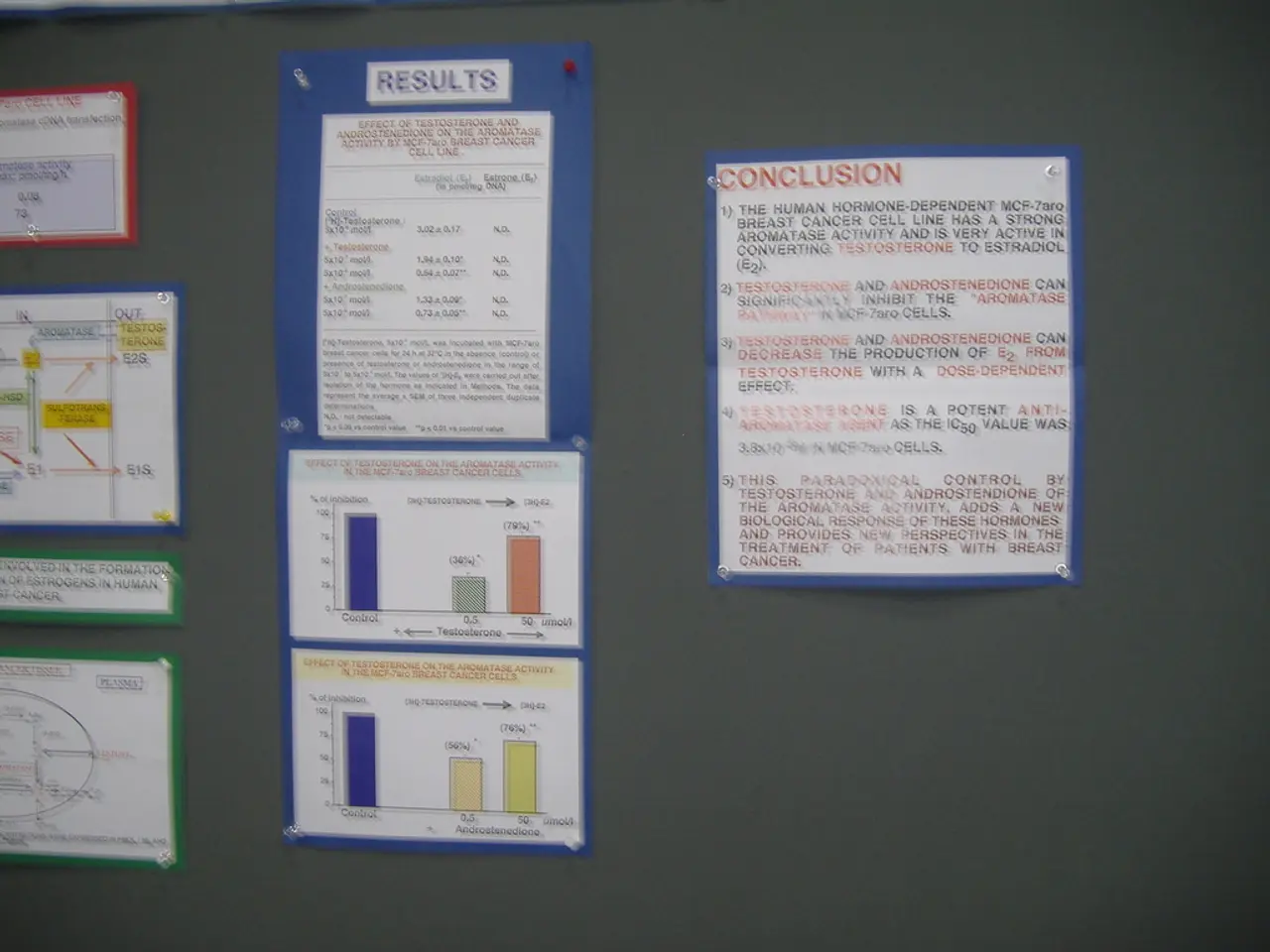Anticipated Outcomes Following the Purchase of Your Printed Circuit Boards (PCBs)
In the world of electronics manufacturing, modifying a Printed Circuit Board (PCB) design after placing an order is a common occurrence. Here's a comprehensive guide on the process, detailing the steps involved from identifying issues to the final reorder.
Identifying Issues or Desired Changes
After receiving initial prototypes or reviewing designs, you may find errors or improvements needed. These could range from functional issues to layout changes.
Modifying Design Files
Using Electronic Design Automation (EDA) software, you edit the PCB design files, adjusting component placement, routing, or fixing errors discovered during design rule checks (DRC).
Design Rule Checks and File Preparation
After modification, the design undergoes rigorous checks, including DRC and error correction, to ensure there are no violations or errors before manufacturing. The files must be complete and error-free to avoid production delays.
Resubmission to Manufacturer
Submit the updated design files to the PCB fabricator or assembly house, possibly placing a new order referencing the changes. Some manufacturers offer options to place assembly orders linked to existing PCB orders, facilitating revision and assembly integration.
Prototype or New Batch Fabrication
The PCB manufacturer produces new prototype boards or updates the production batch according to the revised design. This iterative process continues until the PCB meets all functional and manufacturing requirements.
Quality Testing and Inspection
The completed board undergoes quality testing in accordance with IPC-A-610, IPC-A-612, and IPC-A-613 assembly standards, ISO:9001:2008, ISO:13485:2003, the restriction of hazardous substances directive (RoHS), and X-ray inspection, especially after single- or double-sided ball grid array or micro-BGA installation.
The board is also scanned by an automated optical inspection system (AOI) to verify the circuit image. The Design for Testing (DFT) stage ensures the assembly was performed accurately by checking potential test points on the board, the presence of test fixtures, and software as needed.
Design for Manufacturing and Assembly
The Design for Manufacturing (DFM) stage checks for incomplete design files, trace-width and spacing violations, open traces, drill to copper, and solder mask infringement. The Design for Assembly (DFA) stage validates each component's source for authenticity to avoid delays, misinformation, and counterfeit parts.
PCB Manufacturing Process
The PCB manufacturing process begins with design files such as Gerbers/ODB, netlist, drill files, etc. The board goes through hole creation (drilling), copper deposition/plating, solder mask application, surface finish, and silkscreen application. The copper circuit is coated with brown oxide to prevent corrosion.
Raw Material Inspection
Raw material inspection checks components for quality and acceptance, including cracked cases, apparent damage, bent or broken leads, improper markings, out-of-date parts, and other issues.
Customer Requests and Changes
The customer can request changes to their design post-order by contacting their account manager. If the customer requests a change during the inner layer imaging stage, the engineering team will update the data and incorporate the changes once they reach the outer layer job.
PCB Assembly Process
The PCB assembly process includes reviewing the design data, securing the fabricated bare boards, baking them to remove moisture, and fetching components either from inventory or an external provider.
BOM Management
The bill of materials (BOM) contains the list of components and their specifications required for assembly. If the BOM is out of date, the engineering team will suggest part substitutions or design adjustments to incorporate preferred components.
In multi-board assembly workflows, edits can be made part-by-part in software environments that allow detailed component placement and board assembly modifications before regenerating the final files for production. For a comprehensive understanding of the design for manufacturing process, refer to the Design for Manufacturing Handbook, which contains 10 chapters, 40 pages, and is a 45-minute read. Similarly, the Design for Assembly Handbook, containing 6 chapters, 50 pages, and is a 70-minute read, provides insights into the design for assembly process.
Through-hole components can be mounted manually or with software-controlled machines. Sierra Circuits' manufacturing and assembly standards are aligned for prototyping and production of circuit boards for industries such as aerospace, medical, and automotive.
[1] Source: PCB Design Magazine, "Modifying a PCB Design Post-Order: A Step-by-Step Guide" [2] Source: Altium, "Modifying a PCB Design Post-Order: A Comprehensive Guide" [3] Source: Sierra Circuits, "Modifying a PCB Design Post-Order: A Guide for Customers"
Data-and-cloud-computing technologies can be used to streamline the modification process of a Printed Circuit Board (PCB) design after placing an order. This can involve storing and managing the large design files securely in the cloud, ensuring easy access for the engineering team to make revisions and collaboration with the customer.
The advancements in technology, particularly in the field of data-and-cloud-computing, are tremendously beneficial for industries that frequently require PCB revisions, as they offer a seamless and efficient method to manage design changes, ultimately improving the overall manufacturing process.




